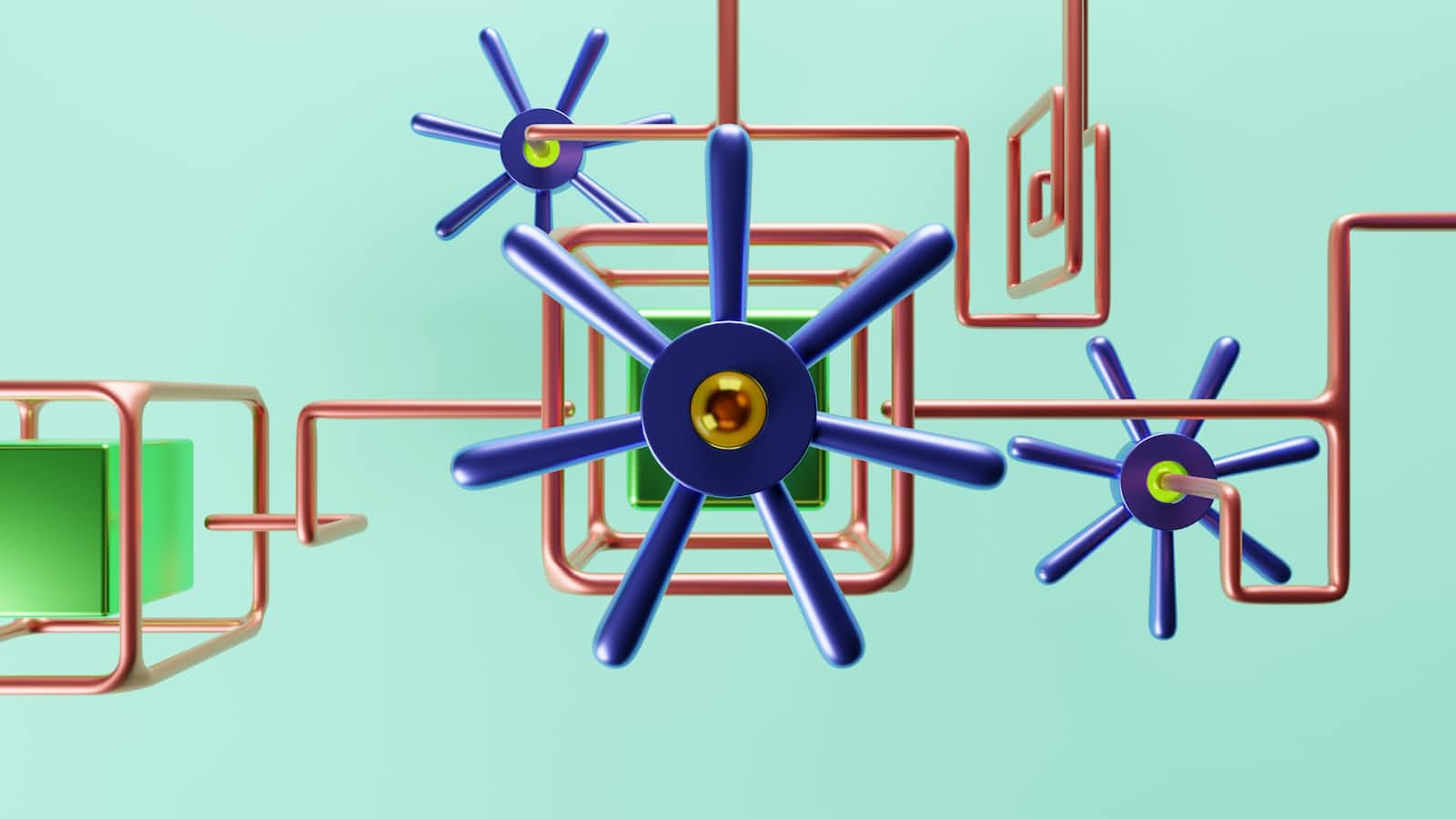Understanding Kubernetes: Persistent Volumes and Liveness Probes
 Jaideep Jambhale
Jaideep JambhaleTable of contents

Introduction: Kubernetes has revolutionized the way we deploy and manage containerized applications. It provides various features and components that ensure the availability, reliability, and scalability of applications. In this blog post, we will dive into two essential aspects of Kubernetes: Persistent Volumes and Liveness Probes. We'll explore what they are, their significance, and how they contribute to the overall stability of your applications.
Persistent Volumes:
In the world of Kubernetes, containers are ephemeral by nature. They can be created, destroyed, and moved around dynamically. However, stateful applications often require persistent storage that survives across container restarts or even pod failures. This is where Persistent Volumes (PVs) come into play.
A Persistent Volume is a cluster-level resource that provides persistent storage to pods. It decouples storage from pods, allowing them to access and use the storage independently. PVs can be backed by various storage mechanisms such as local storage, network-attached storage (NAS), or cloud storage. They enable data persistence and data sharing between multiple pods.
To use a Persistent Volume, you need to define a Persistent Volume Claim (PVC) within your pod's configuration. PVCs act as a request for storage resources and bind to available Persistent Volumes that meet the requested criteria. This dynamic provisioning allows you to scale your storage needs as your application evolves.
Persistent Volumes are an essential component of stateful applications like databases, file servers, and content management systems. They provide durability, portability, and resilience, ensuring that your data remains intact and accessible even when pods or nodes fail.
Liveness Probes:
In a Kubernetes environment, Liveness Probes are used to determine whether a container within a pod is healthy and functioning as expected. A Liveness Probe is a diagnostic mechanism that periodically checks the state of a running container and restarts it if it becomes unresponsive or enters a failed state.
Liveness Probes can be defined within the pod's configuration using HTTP, TCP, or Exec probes. HTTP probes make an HTTP request to a specific endpoint within the container, expecting a successful response code. TCP probes attempt to establish a connection to a specified port. Exec probes run a custom command within the container and check its exit code.
By using Liveness Probes, Kubernetes ensures the continuous availability and reliability of your application. If a container fails to respond to the probe within a specified timeframe or returns an error, Kubernetes will restart the container, replacing it with a new instance. This automatic healing process helps maintain high availability and minimizes downtime.
Liveness Probes are particularly useful for monitoring applications with long startup times, memory leaks, or background processes that may crash or hang over time. They play a vital role in maintaining the desired state of your application and preventing potential issues from impacting your users.
Conclusion:
Persistent Volumes and Liveness Probes are two critical features of Kubernetes that contribute to the stability and reliability of containerized applications. Persistent Volumes ensure data persistence and availability, allowing stateful applications to survive restarts and failures. On the other hand, Liveness Probes continuously monitor the health of containers and automatically restart them if necessary, ensuring high availability and reducing downtime.
By leveraging these Kubernetes features effectively, you can build robust and fault-tolerant applications that can handle failures gracefully. Understanding how to work with Persistent Volumes and configure Liveness Probes will empower you to design and deploy resilient containerized applications in a Kubernetes environment.
Kubernetes offers a wide range of features and concepts that can be explored further to enhance your application's capabilities. Stay tuned for more blog posts on other aspects of Kubernetes and its ecosystem!
Happy containerizing!
Subscribe to my newsletter
Read articles from Jaideep Jambhale directly inside your inbox. Subscribe to the newsletter, and don't miss out.
Written by
